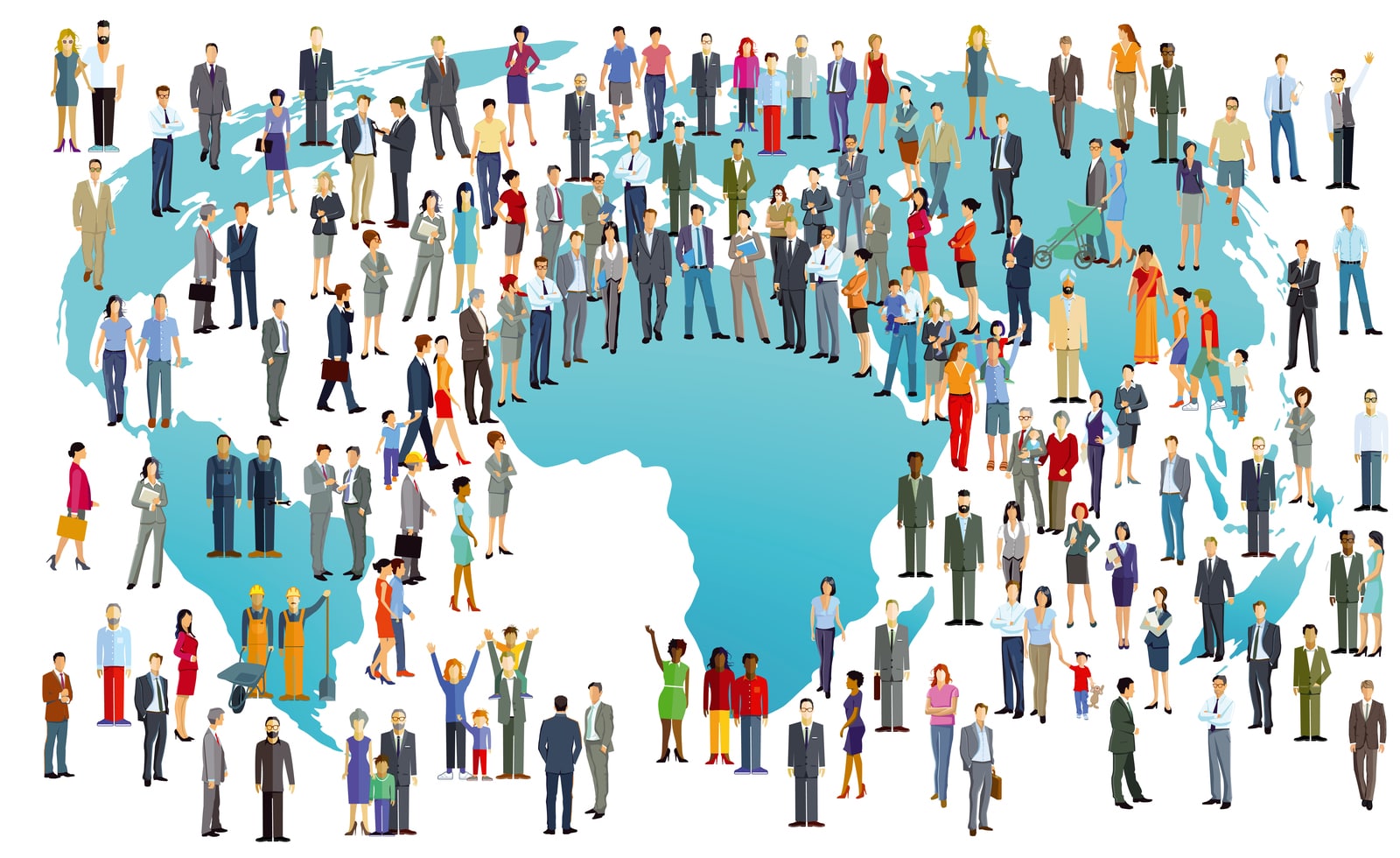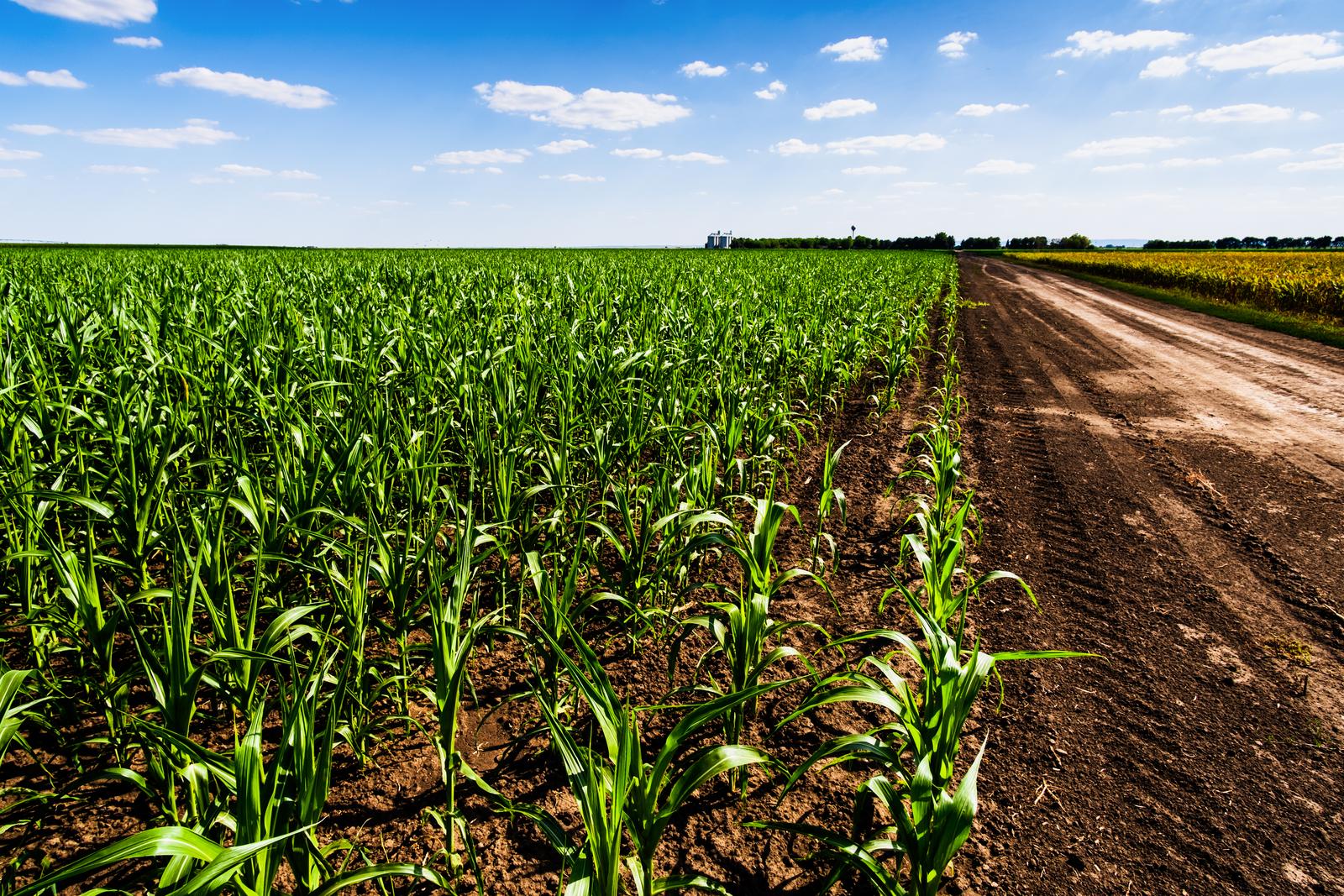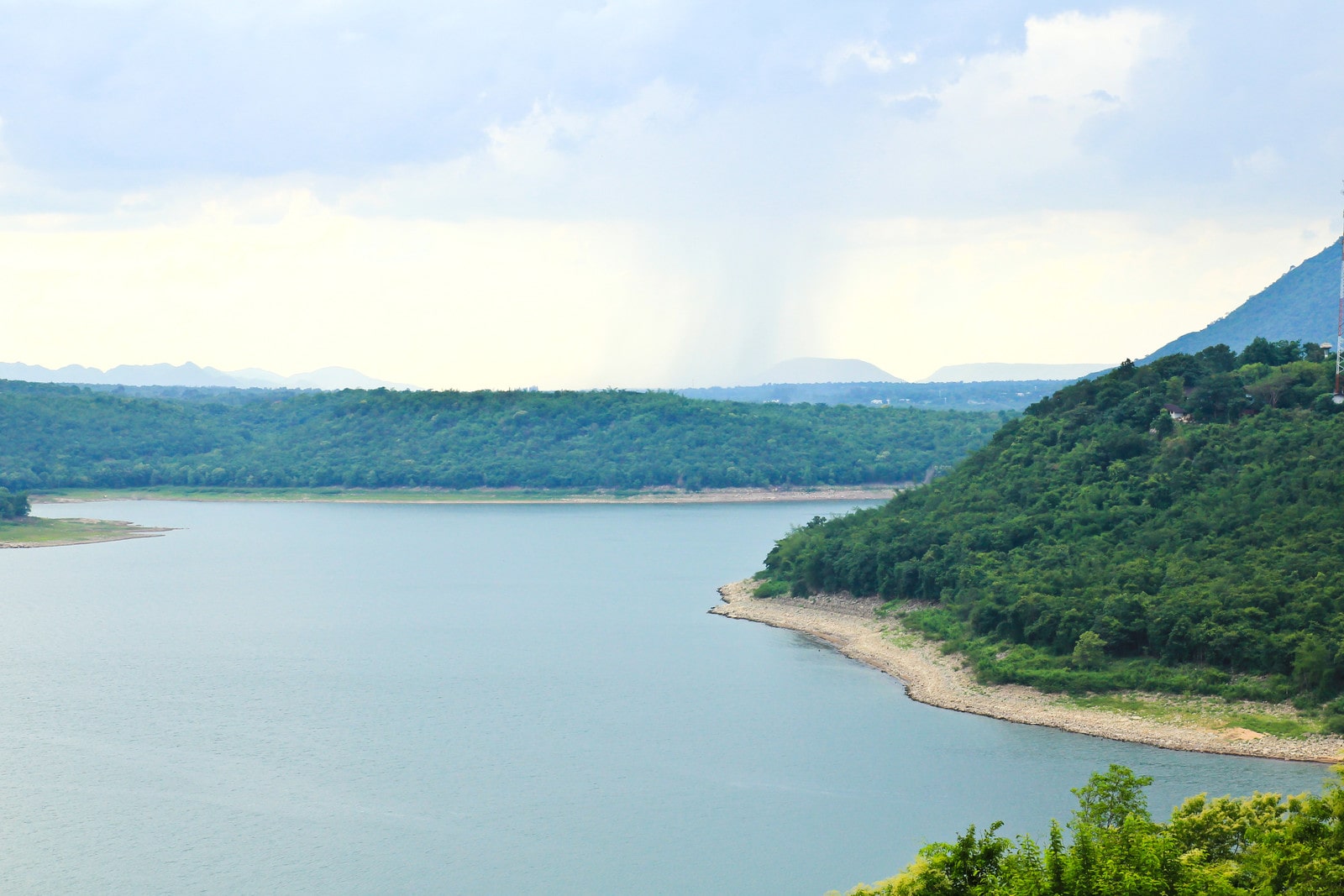India is a vast country in terms of both population and area. But still India lacks behind many countries in economic growth. In 2016, the Indian economy had declined due to demonetisation. The economy was again slowed down in 2017 due to the introduction of Goods and Services tax. Overall, India has the sixth largest economy in the world. But there are some basic problems indulged in India, which doesn’t let the country to utilise its full potential in economic growth. Let’s discuss some of these basic economic issues in India.
Low Per Capita Income Of People

One of the primary economic issues in India is low Per Capita income of the people. Per capita income is the average income of a person earned in a specific period of time in the country. India’s per capita income is very low compared to the per capita income of other countries. For example, In 2014, India’s per capita income was $1,560. In the same year, the USA’s per capita income was 35 times more than India. On the other hand, China’s per capita income in 2014 was 5 times more than India.
There can be different causes for low per capita income in India. One of the main causes is the lack of skills and technical knowledge among people. We know national and international level companies require skilled workers, which India lacks. If there will be no skills in people, obviously they will not get good jobs and salary. As a result, per capita income will be low.
Unequal Distribution Of Income

Another main problem of the Indian economy is the unequal distribution of wealth among people. While billionaires like Ambani, Adani are becoming more and more wealthier, the number of poors is increasing.
The wealth of Gautam Adani increased from $17 billion to $81 billion in 2002. Ambani’s income was also raised by $81 billion in 2021. On the other hand, poverty has increased in both rural and urban areas in the past few years. From 2012 to 2019-20, the number of poors increased from 53 billion to 71 billion in urban areas. In the same duration, the number of poors increased from 217 million to 270 million in the rural areas.
According to a report, 1 % of the Indian population has 58% of the total Indian wealth.These data shows how critical the situation of unequal distribution of income in India is. Something should be done as soon as possible to decrease the economic gap between rich and poor. Otherwise, India can’t develop with such a huge difference between the incomes of the people.
Increasing Population

India has the second position in the list of the most populated countries in the world. The growing population of India is affecting its economy at a larger level. If the population of a country increases, the expense of the government in taking care of the larger population also increases. For example, a government has to take care of the basic needs of people, their food, shelter, and clothes. The government schools and hospitals will have to spend more money on students and patients if the population increases.
Larger population with less skills only increases the economic burden of the government . However, from time to time, the Indian Government has made many efforts to control the increasing population. We all are aware of the slogan, “Hum Do Humare Do” given by late PM Indira Gandhi during her reign. This was one of the very significant efforts of Indira Gandhi to control the population in India. Recently, the UP government is also preparing to implement a population control bill in the state.
Huge Dependence On Agriculture Sector In Indian Economy

More than half the population of India depends on the agriculture sector for employment. Despite so many people working in the agriculture sector, it doesn’t help the government in economic growth. According to World Bank data, India’s 47% working population was engaged in the agriculture sector in 2014. But, the agriculture sector contributed only 17% of the national income in the same year.
The problem is that in the agriculture sector, the productivity per person is very low. As a result, the total production also becomes low and hence cannot contribute more in the national economy. We need more modern farming tools, high quality seeds and fertilizers to increase the productivity per person in this field.
Unemployment and Underemployment

Unemployment means the condition where people are not getting jobs or a source of income . On the other hand, under-employment refers to the situation where a person, despite being educated and qualified, doesn’t get the job. In India, both unemployment and under-employment are a serious problem. It is a very common thing to watch educated people sitting at home in India. One of the main causes of unemployment is the inadequate growth of secondary and tertiary sectors. Between 2012 and 2018, the unemployment rate of 15 to 29 age groups increased from 6% to 18%.
Low rate of Capital Accumulation

Capital Accumulation simply means the way a country increases its wealth and assets. Unfortunately, India has a low rate of capital accumulation, which is a serious economic issue. Various factors like unemployment, population, poor quality of human capital etc contribute to the low rate of capital accumulation.
The Poor Quality Of Human Capital

Human Capital refers to the different skills and knowledge acquired by a person which can increase the productivity of the work. In India, the quality of human capital is very poor which is a main economic issue. People lack various professional skills which cause low productivity per person. In 2014, India was positioned at 130 out of 188 countries in the HDI (Human Development Index) report. If a country has to develop, the government should do things to increase the quality of human capital.
Lack Of Technical Knowledge

In India, new technologies are developing everyday. But the problem is people don’t have the required technical knowledge to operate these technologies. As a result, despite having modern technologies, India is not able to fully utilise them for economic growth.
Under-use Of Natural Resources

India has plenty of natural resources, but due to different reasons, they are under-used. For example, many of the resources are present in the inaccessible regions where people can’t reach. India needs new and expensive technologies to access these resources. If India is ever capable of utilising all its natural resources like land, water and minerals, the economic growth will surely touch the sky that day.
Inadequate Growth Of Infrastructure

The inadequate growth of infrastructure has been a serious problem in India. Infrastructure includes transportation facilities, electricity, banking facilities, educational institutions, hospitals etc. India still lacks to provide proper transportation to people. Many accidents happen everyday due to the road dumps. People still run to big cities for medical purposes. This shows that adequate and qualitative hospitals are not available in small cities. Same goes with the educational institutes. Students travel from one place to another in search of qualitative education. All these things hint that India has to work a lot on its infrastructure development.
At last we can say that there are many sectors in India which need improvement and development. Unemployment, unequal wealth distribution, lack of infrastructure, poor human quality, these are the basic obstacles in India’s economic growth. Until and unless, these sectors will not develop, our country will also not develop.
